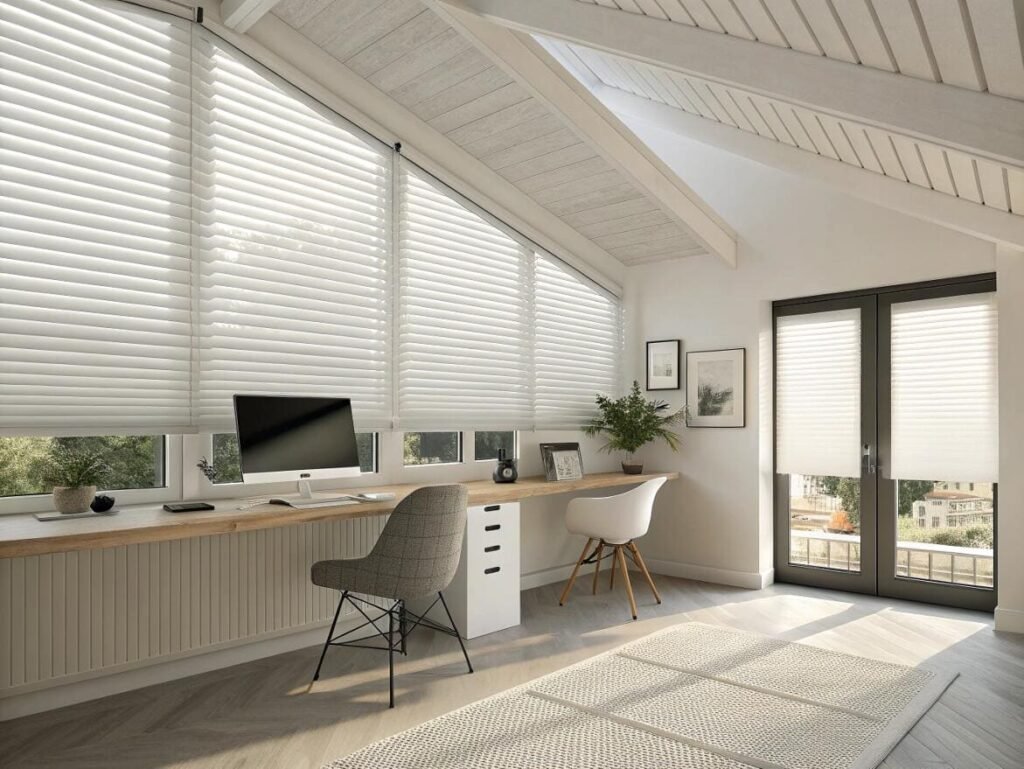You're trapped between two choices: the timeless, fabric beauty of Roman blinds[^1] and the praised energy efficiency of honeycomb blinds[^2]. You worry that choosing style means high energy bills, while choosing efficiency means sacrificing your home's aesthetic.
The choice comes down to performance versus aesthetics. Honeycomb blinds are engineered energy-saving experts with superior insulation. Roman blinds are a classic design choice, offering rich texture and custom looks but with limited functional benefits beyond basic light and privacy control.
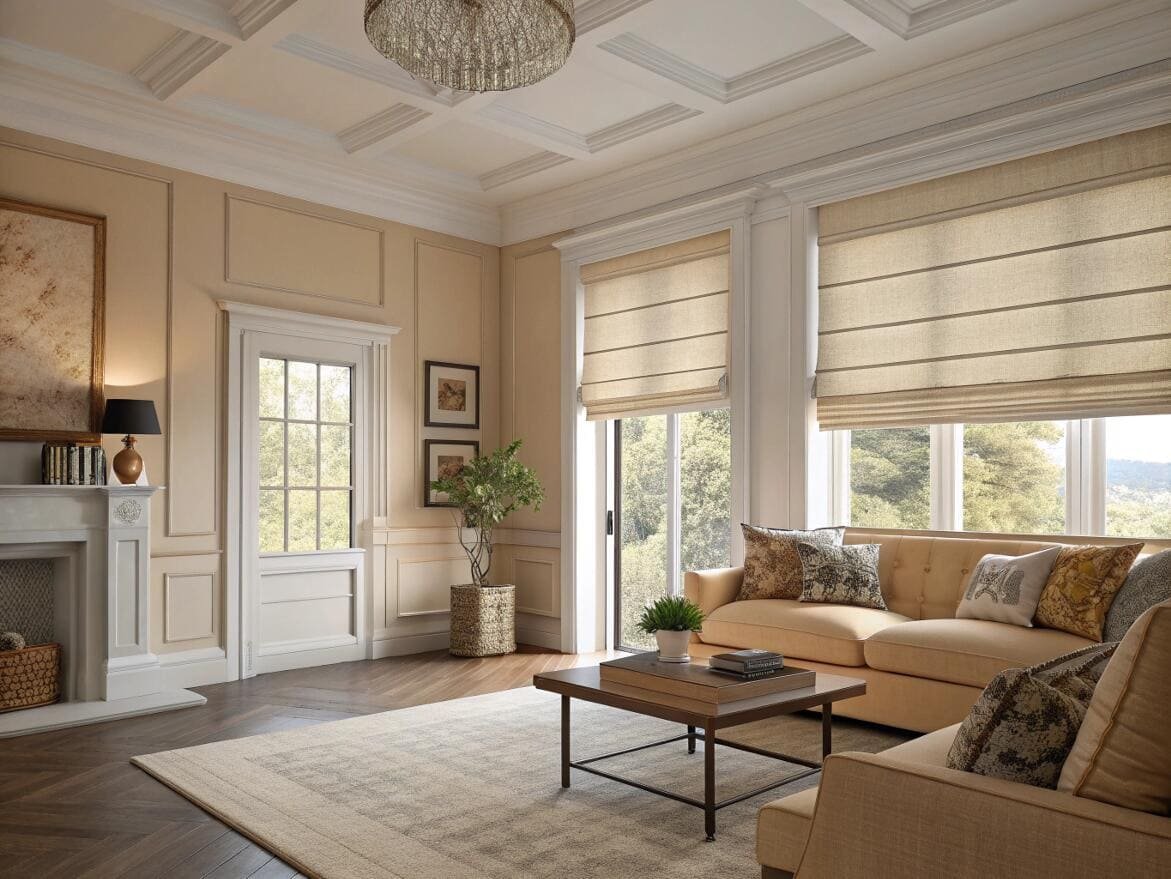
When I'm working with project buyers, the conversation has moved beyond just picking a window covering. We're now designing building performance systems. The choice between Roman and honeycomb blinds is a perfect example of this shift. It's no longer just about looks versus function. It's about finding the smartest solution for a specific room's needs, considering long-term value, energy costs, and even health. My goal is to help you see these not as products, but as upgrades to your home's entire system.
Do honeycomb blinds keep the cold out?
Your windows feel like sheets of ice during the winter. You can feel the draft from across the room, and you know it's making your heating system work overtime, driving up your bills.
Yes, honeycomb blinds are the single best window treatment for keeping the cold out. Their unique cellular pockets[^3] are specifically designed to trap air, creating a powerful layer of insulation[^4] that dramatically reduces heat loss through your windows.
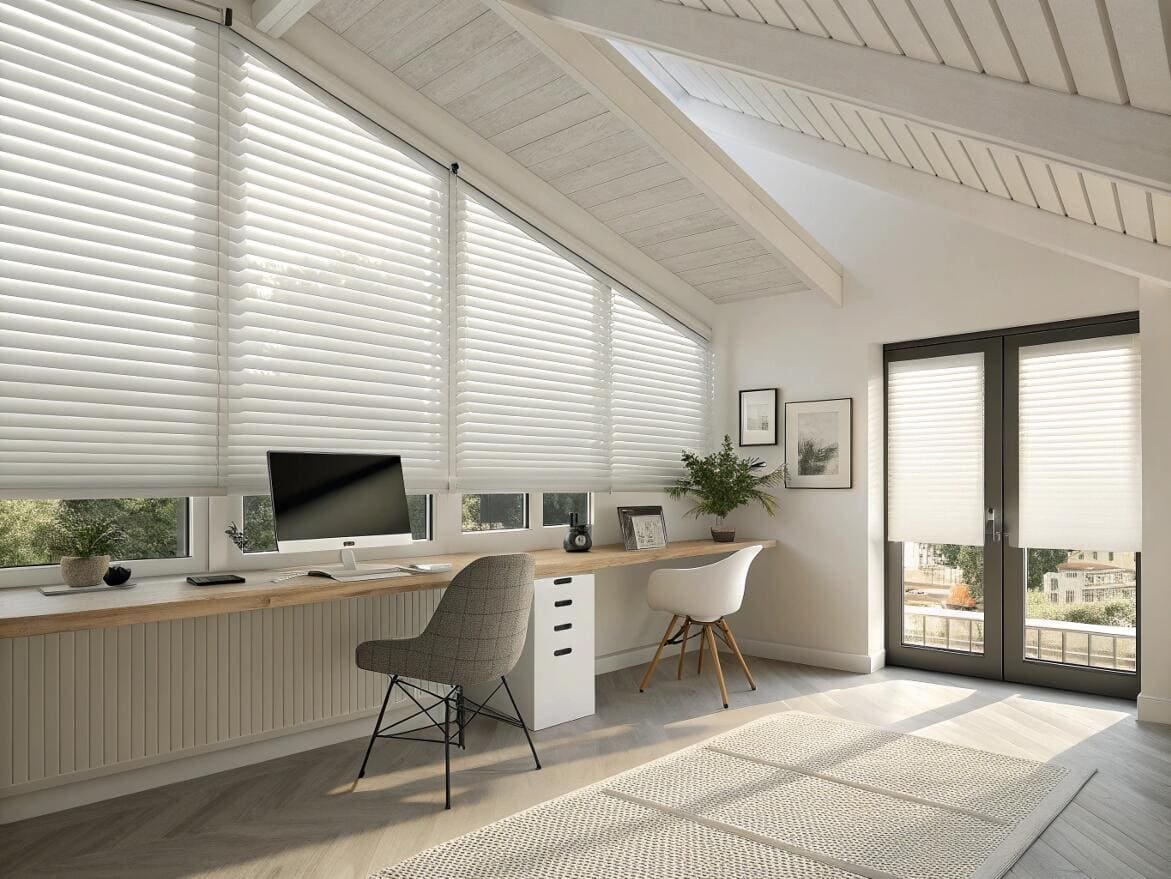
The science behind this is simple but incredibly effective. The cells, or honeycombs, create a barrier of trapped air. Since air is a very poor conductor of heat, this barrier essentially stops the cold on the glass from radiating into your room. It works the same way in the summer to keep heat out. This isn't a small effect; a good quality honeycomb blind can reduce heat loss by over 40%, potentially lowering your heating and cooling costs by up to 25%. When you choose a double-cell or even a triple-cell structure, you are maximizing this insulation. In contrast, a standard Roman blind offers very little thermal protection. This is why I see honeycomb blinds not as decoration, but as a critical component of a building's energy management system.
What are the disadvantages of honeycomb blinds?
You're sold on the energy-saving benefits of honeycomb blinds. But as you look at the cellular design, you can't help but picture those little pockets filling up with dust, allergens, and even dead insects.
The primary disadvantage of honeycomb blinds is their cellular structure, which is very difficult to clean. The cells act like tiny pockets that trap dust, pet hair, and debris deep inside where they are hard to reach.
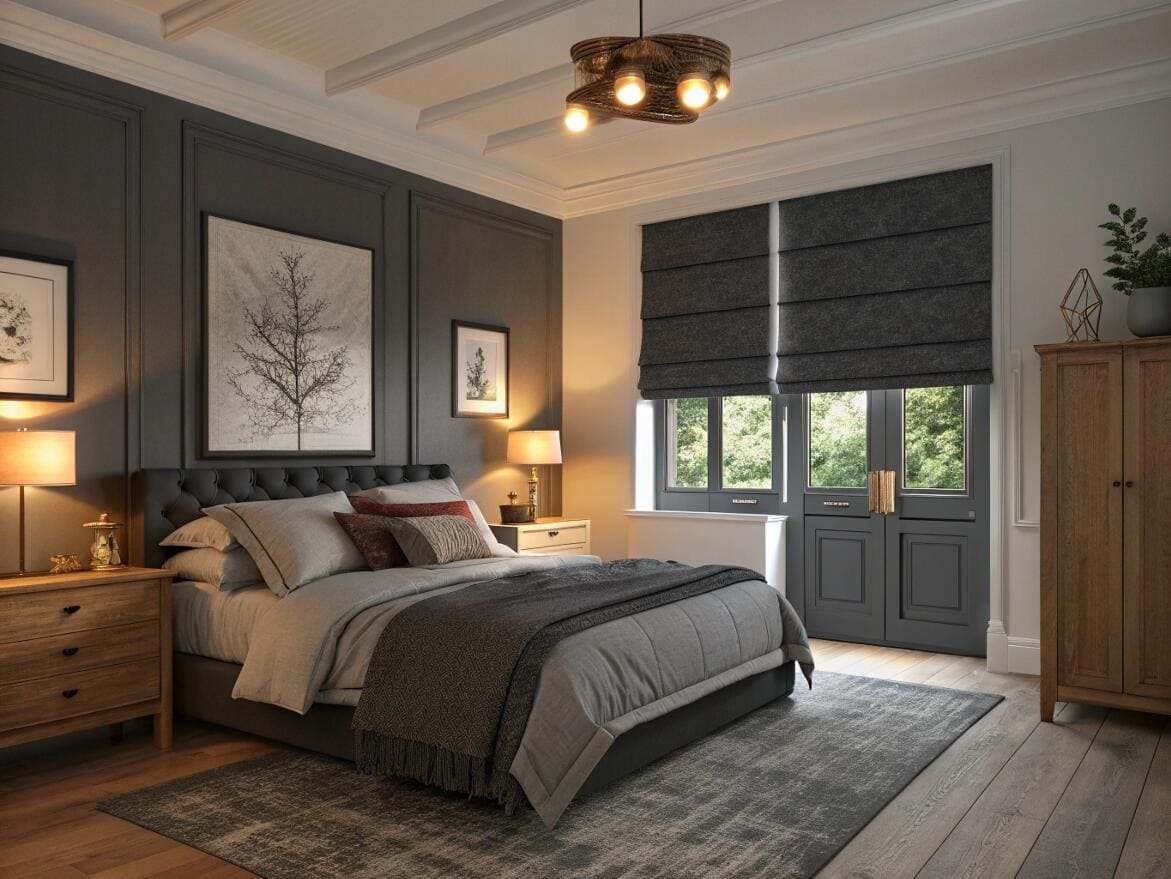
"Bedroom Blackout Roman Shades")
This is the most significant pain point my clients face with this product. While you can dust the surface, the interior of the cells is a different story. The problem gets worse in humid environments like bathrooms or coastal homes, where the trapped dust and moisture can create a breeding ground for mold and mildew. This a real health and hygiene concern. Getting them professionally cleaned is an option, but it can be costly and isn't always 100% effective. This maintenance[^5] challenge is a key reason why some people hesitate. It's a trade-off: you get industry-leading insulation, but you also get a product that demands a specific—and sometimes difficult—cleaning routine to maintain its appearance and a healthy indoor environment. The typical lifespan is 8-15 years, but this can be shortened if they are not maintained well.
What is the downside of Roman blinds?
You love the rich, luxurious look of a fabric Roman shade. But a practical voice in your head is warning you to consider the potential issues before you make such a style-focused investment.
The main downside of Roman blinds is their poor energy efficiency and higher maintenance needs. Standard fabric offers minimal insulation against heat or cold, and natural materials often require professional cleaning and are susceptible to sun fading over time.
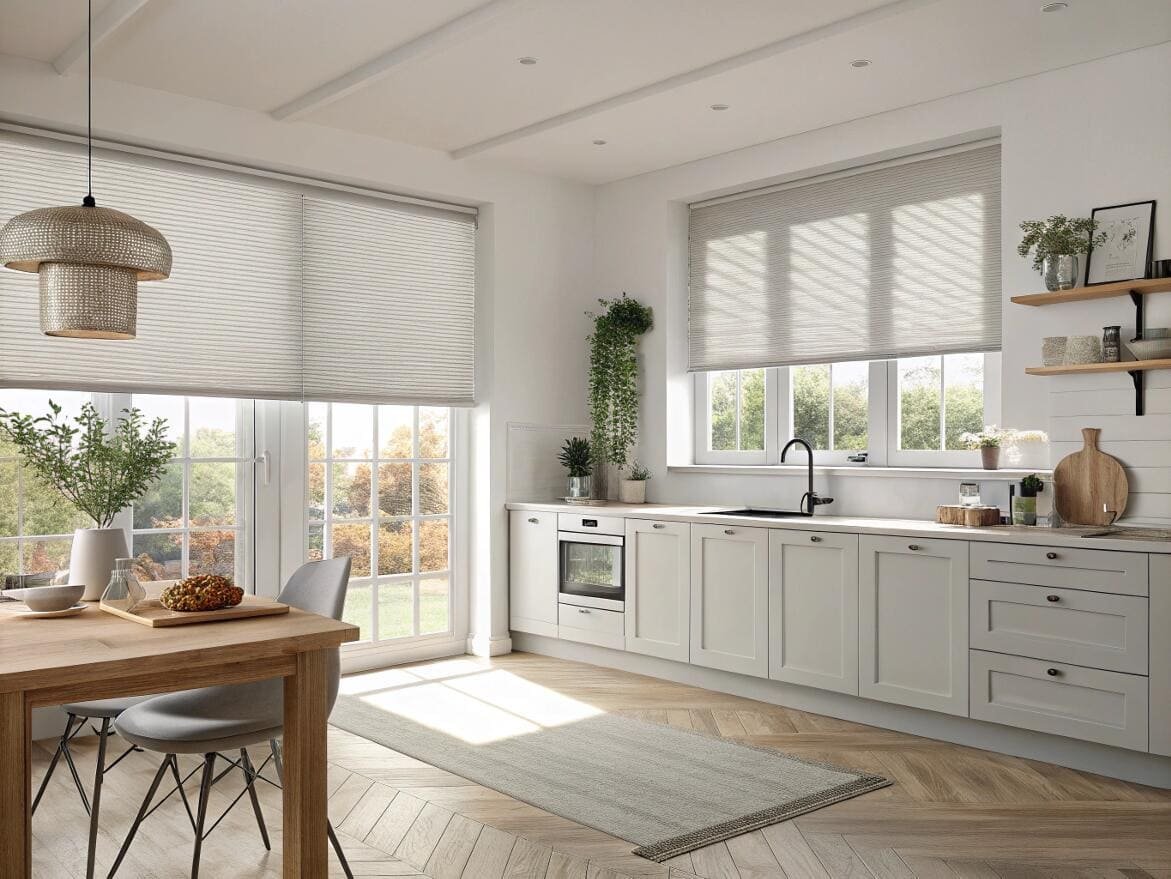
A Roman blind is an aesthetic-first choice. While beautiful, it doesn't have the engineered performance of a honeycomb blind. Without a specialized thermal lining, it won't do much to stop the winter cold or summer heat, meaning your energy bills will be higher. The fabrics, especially natural ones like linen or cotton, can act like a sponge for dust and odors and can't just be wiped down. They require careful vacuuming and, for deep cleaning, a trip to the professionals, which adds to the total cost of ownership. Over their 5-8 year lifespan, you'll also likely see some fading on fabrics that get a lot of direct sunlight. These aren't design flaws; they're simply the characteristics of a decorative, fabric-based product compared to a modern, performance-engineered one.
Are honeycomb shades outdated?
You're thinking about energy efficiency, but the term "honeycomb shades" brings up visions of the old, papery, slightly yellowed blinds from decades ago. You want your home to feel fresh and modern, not dated.
No, honeycomb shades are not outdated. While the technology has been around for a while, modern honeycomb blinds feature sleek designs, a huge range of contemporary colors, and innovative operating systems that make them look and feel incredibly current.
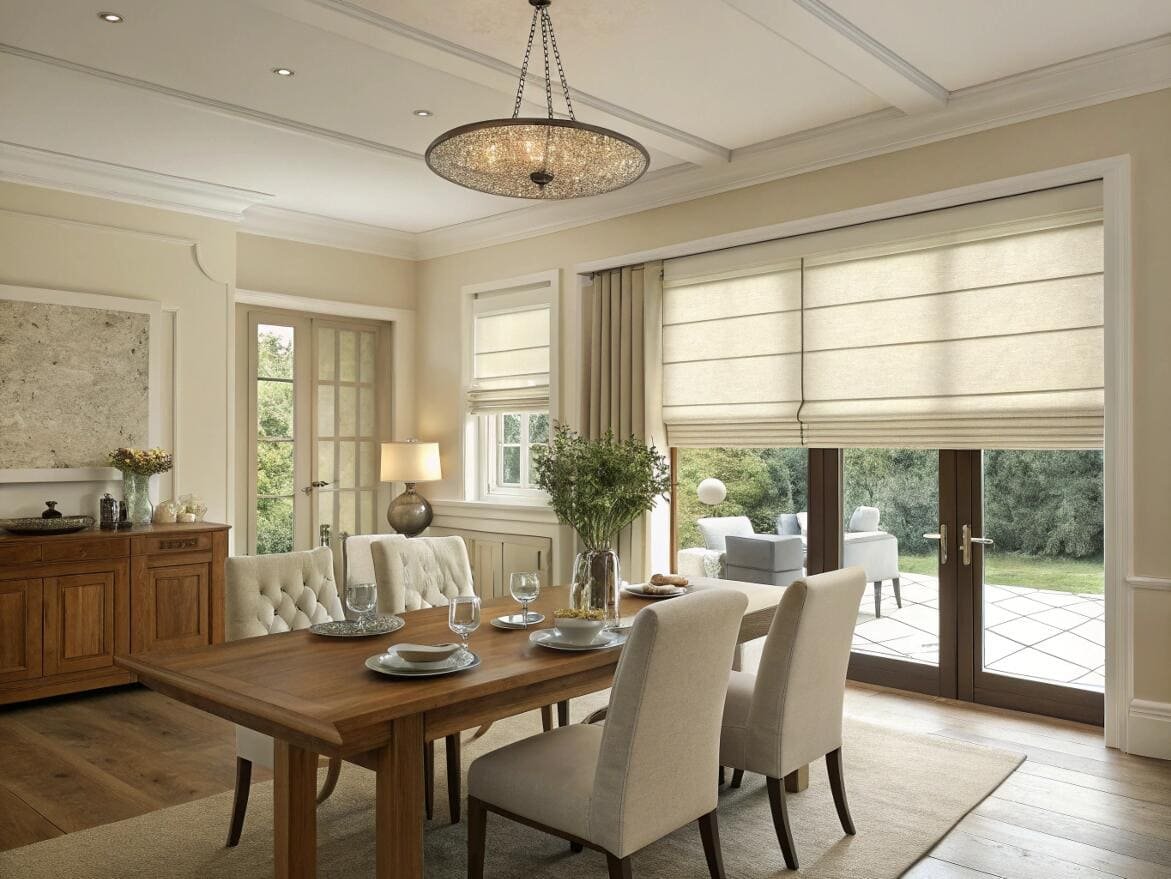
This is one of the biggest misconceptions I have to clear up for clients. Today's honeycomb blinds are a world away from their predecessors. The fabrics are engineered to be crisp and durable, and they come in hundreds of colors, from bright whites to deep charcoals, that fit perfectly with modern design palettes. They look especially good in minimalist or contemporary spaces because their design is so clean and unobtrusive. When raised, they stack into a very tight, neat header, leaving an almost completely unobstructed view. Features like the popular "top-down/bottom-up" system, which allows you to lower the shade from the top to let in light while maintaining privacy, are highly sought after in modern homes. Far from being outdated, their simple form and powerful function make them a timeless and intelligent choice.
Conclusion
The best choice is a system that fits your priorities. For maximum energy savings and a clean, modern look, honeycomb blinds are the superior functional choice. For a classic, textured, and decorative aesthetic, Roman blinds are unbeatable.
---
[^1]: Discover how Roman blinds can enhance your home's aesthetic with their rich textures and custom designs.
[^2]: Explore the advantages of honeycomb blinds, known for their superior insulation and energy-saving capabilities.
[^3]: Learn about the science behind cellular pockets and their role in energy efficiency.
[^4]: Find out why honeycomb blinds are considered the best for insulation and energy savings.
[^5]: Understand the upkeep needed for Roman blinds to ensure they remain beautiful and functional.Partner with VelaBlinds for Your Next Project
Smart window treatments shouldn't be complicated. After working with 500+ distributors and contractors worldwide, I've streamlined the process to get you quality products, competitive pricing, and reliable support - every time.
Why project professionals choose VelaBlinds:
- ✅ Fast, Accurate Quotes - Detailed specs and pricing within 24 hours
- ✅ Transparent Pricing - No hidden fees, volume discounts clearly outlined
- ✅ Quality Assurance - Direct partnerships with certified OEM manufacturers
- ✅ Project Support - Dedicated account manager from quote to delivery
Start your next project:
📧 Quick Quote: Send your requirements to info@velablinds.com
📱 Direct Contact: WhatsApp +86 137 2012 8317
🌐 Browse Solutions: https://velablinds.com/
📁 Product Resources: Access spec sheets, catalogs & project files
Paul Chen, Founder
"I built VelaBlinds to solve the real challenges I faced as a project buyer - long lead times, unclear specs, and unreliable suppliers. Let's discuss how we can power your projects with smarter blinds."
Serving distributors and contractors across North America, Europe, and Australia since 2018.

